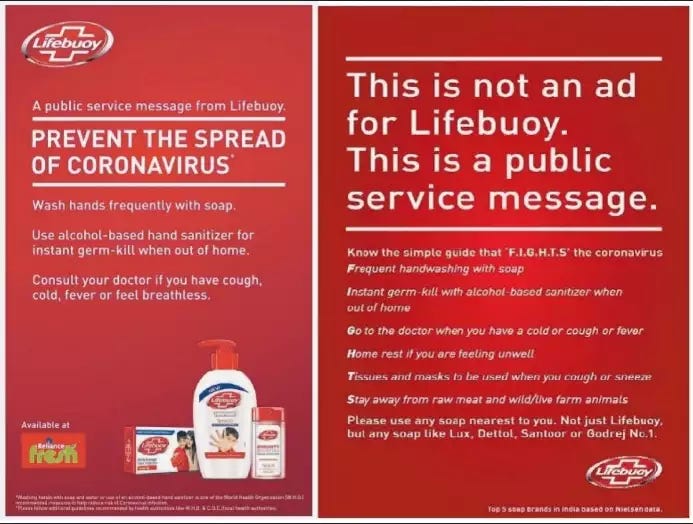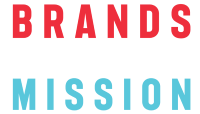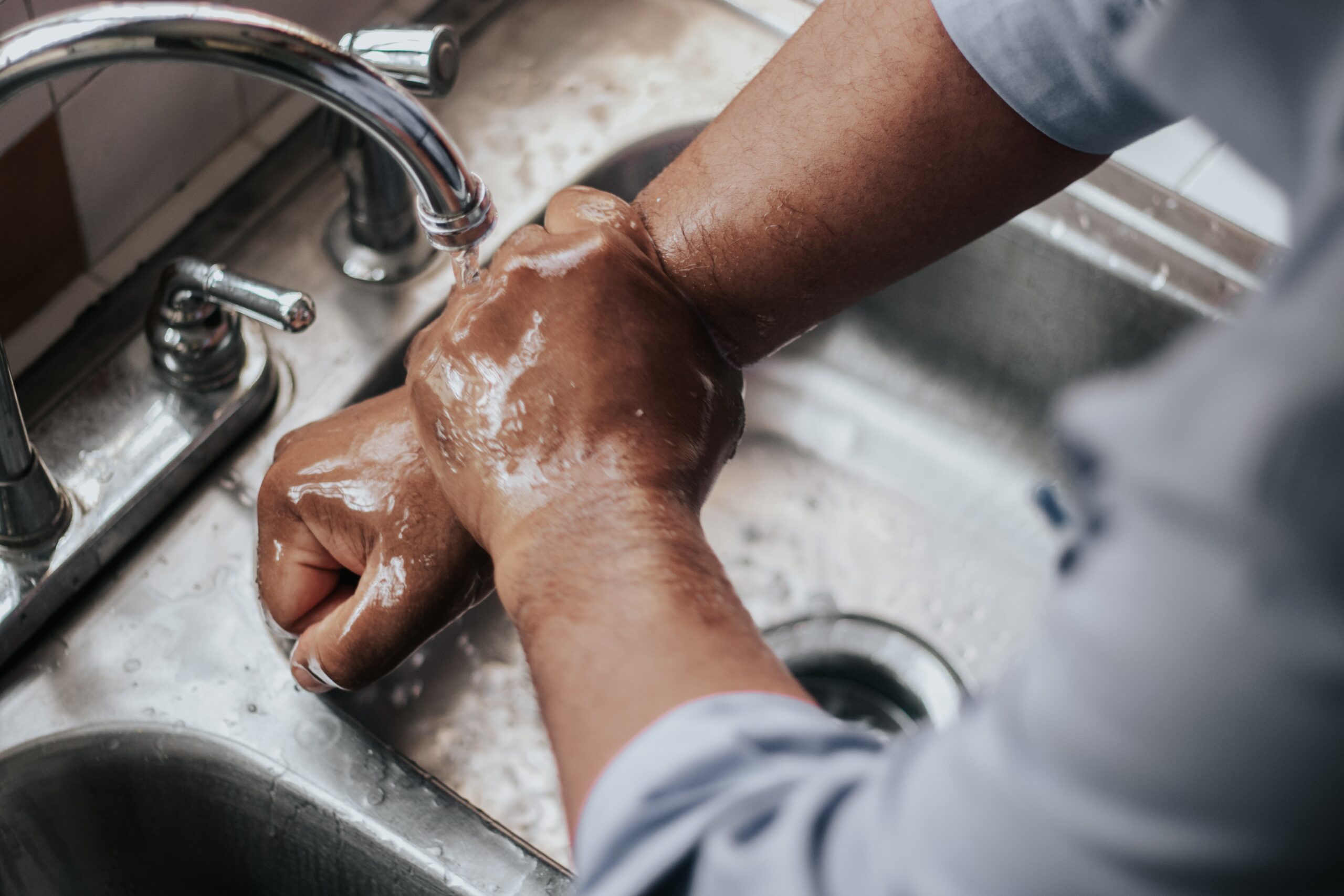Next week is World Immunization Day, and never have vaccines been more important. Coronavirus vaccination is now underway around the globe, with unprecedented urgency. Africa, Latin America and other continents without homegrown vaccines are now receiving major shipments. Effective treatments have come from a number of organisations, including Pfizer, Moderna, Johnson & Johnson, and AstraZeneca, but this is no time for competition and any marketing being done is by government authorities and local clinics.
This seems to be one place where brand marketing has no place. After all, one of the key pillars of branding is differentiation. In most countries, public health experts are urging people to take whatever vaccine is available, regardless of the brand. The sooner people get vaccinated, the sooner we’ll regain a fully operating global economy.
The major challenge is convincing people to get the shots and this is a challenge I am seeing very clearly in Africa. Many are resisting, based on misinformation or disinformation that is creating biases against vaccination. Some who are willing want only a specific brand, or a single shot. Some think vaccines are only for the elderly while others are fearful of the adverse side effects – “I’ve have heard it will give me a blood clot,” or “I’ll have less energy for biking/running/weightlifting.” Anyone looking for excuses can find plenty of them on the internet, including conspiracy theories.
Brand marketing, however, works even without differentiation. At the start of the pandemic, the world largest soap manufacturer, Unilever, ran campaigns asking consumers to wash with soap as a key prevention mechanism to coronavirus. It promoted any soap, not just Lifebuoy.

Indeed, much of the public health marketing on handwashing with soap draws on the power of brand marketing. This is also the case with campaigns related to responsible alcohol consumption. We can use this same marketing power now with coronavirus, going beyond “vaccine literacy” – education and rational argument to address the deeper reasons keeping people from getting vaccinated.
Brand marketing starts with listening campaigns, which will need to be compressed in time. We need to understand the ideas, fears, and myths that might keep people in various areas from getting the shots. While that’s going on, we need to enlist help from partners in many sectors, including large companies and nonprofits, not just for funding but also for spreading the word.
Armed with this knowledge and resources, first, we try to influence social norms. With help from the Ad Council and other pro-bono marketers, governments and health experts can use emotional language to nudge people away from the anti-vaccine position and toward better aspirations. They can portray resistance as selfishness, echoing the 1970s American campaign for wearing seat-belts in cars: “If not for yourself, do it for all the loved ones in your life.” It’s all about communicating expectations.
Second, we can make vaccines visible. Actions speak louder than words, and if we get people to show that they’re getting vaccinated, they’ll influence their peers. Election precincts give people “I voted” stickers, and we should do the same at vaccine clinics branding people once they’re vaccinated!
Third, we need to eliminate excuses. We can start with the brands themselves perhaps we could convince the multiple companies with vaccines to cooperate on a single message to take whatever vaccine is available. They may need exemptions from local rules against pharmaceutical advertising on mass media.
We could also send out messages about how easily and convenient the vaccines are becoming, especially as governments roll them out for the general population. Perhaps we could arrange free transportation and other forms of assistance.
Another excuse has been the politicization of the vaccines. In India and elsewhere, opposition parties believe they stand to benefit if the government’s efforts fall short. We need emotional messages to counteract this bias.
Along the way, we also need brand-style messages to remind people to maintain longstanding pandemic hygiene even after vaccination: social distancing, wearing masks, and handwashing. We just need to do this creatively so people don’t feel lectured to. That’s especially important with the two-dose vaccines, which are likely to make up the majority of shots for the near future.
Coronavirus has been an extraordinary test for public health: millions of people have died or suffered terribly, yet many millions of others have had few symptoms. We’ve developed vaccines unusually, even heroically, quickly – even one problem experienced can be just enough for many to resist the shots. The world economy, not to mention public health, depends on achieving herd immunity soon through widespread acceptance of the vaccines. It’s time for a full-on campaign, including the firepower of brand marketing.



